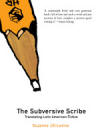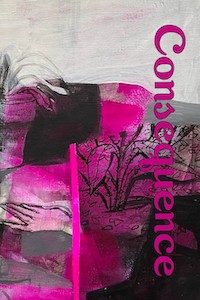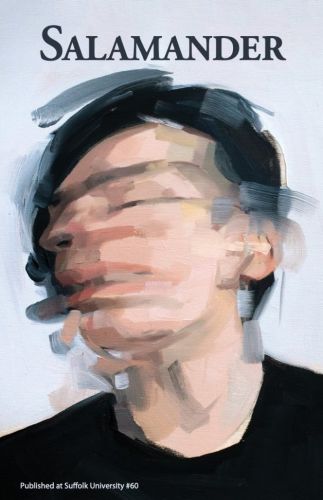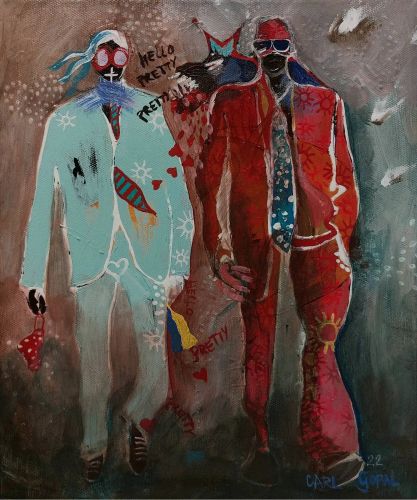Synopsizing her own book The Subversive Scribe, Suzanne Jill Levine in “Cositas Are Not Things,” the book’s penultimate chapter, writes:
Synopsizing her own book The Subversive Scribe, Suzanne Jill Levine in “Cositas Are Not Things,” the book’s penultimate chapter, writes:
The title The Subversive Scribe and what follows – with an ironic smile underneath – is meant to jolt the reader out of a comfortable (or uncomfortable) view of translations as secondary, as faint shadows of primary, vivid but lost, originals. Originals and translations, acts of communication, both fail and succeed, both fulfill and subvert the drive to communicate. The word aspires to be the same, to be as complete as its object (be it another word or a primal reality), but is always, to greater or lesser extent, a fragment, an approximation. To dramatize this I have purposely focused on writers that speak explicitly of the original’s self-betrayal.
The writers Levine refers to are some of Latin-America’s most inventive, and relatively marginalized, writers, namely, Guillermo Cabrera Infante, Manuel Puig, and Severo Sarduy. What drew Levine as a translator to these writers was “the playful, creative possibility of self-betrayal, of re-creating (in) language.”
“Language is already always a betrayal,” Levine writes. It is “a translation of the object it intends, pretends to re-create.” It’s an idea that she revisits throughout her book. Whatever words are chosen to describe something “is not the reality it describes but the words used to describe that reality.” In other words, words are signs, not the bubbling, raw material that they represent. As words are, at best, approximations of the object they correspond to, a translation is yet another approximation. So then, Levine elevates the role of the translator from mere technician to a kind of co-conspirator who always approximates the act of writing.
For Levine, literary translation should be an act of creation. Her suppositions echo Jorge Luis Borges’s “Word Music and Translation,” a lecture wherein he describes two camps in regards to translation: the purveyors of literal word-for-word translations and those who take creative license and leaps, where the translation attempts to echo the grandeur of the original, becoming a work of art in its own right. As Levine and Borges argue, translators should be allowed the same room for interpretation as musicians, poets, artists, filmmakers, etc., those who have been inspired by a literary work to realize their own work of art. Borges states that the translator should be allowed to “read a work and then somehow evolv[e] that work from himself, from his own might, from the possibilities hitherto known of his language.”
Likewise, Levine asserts that she sees translation as “continuations of the original creative process.” Translation “saddl[es] the scholarly and the creative, can be a route through which a writer/translator may seek to reconcile fragments: fragments of texts, of language, of oneself.” Therefore, it is impossible for any work to have a definitive translation. A translation will always be a rather than the translation. Levine’s belief that translation is a means of creative evolution is a provocative and stimulating idea, and serves as a challenge to potential translators.
The Subversive Scribe is a fascinating over-the-shoulder look at a master translator at work, who approaches texts with sharp rigor, humor, and an improvisatory flair that’s coupled with lucid exactitude. As it explores the challenges of translating puns, portmanteaus, neologisms, jokes, and other forms of wordplay, highlights the necessity of finding specific analogue’s to regional colloquialisms, and specific cultural and historical associations, and depicts the captivating circumstances surrounding Levine’s various translations, The Subversive Scribe brings the reader closer toward understanding the amazingly challenging tasks facing any translator of literary fiction.





